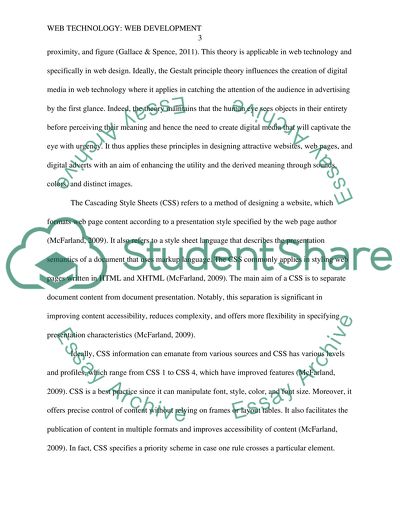Cite this document
(“Web Technology: Web Development Research Paper Example | Topics and Well Written Essays - 1250 words”, n.d.)
Retrieved from https://studentshare.org/information-technology/1487872-web-technology-web-development
Retrieved from https://studentshare.org/information-technology/1487872-web-technology-web-development
(Web Technology: Web Development Research Paper Example | Topics and Well Written Essays - 1250 Words)
https://studentshare.org/information-technology/1487872-web-technology-web-development.
https://studentshare.org/information-technology/1487872-web-technology-web-development.
“Web Technology: Web Development Research Paper Example | Topics and Well Written Essays - 1250 Words”, n.d. https://studentshare.org/information-technology/1487872-web-technology-web-development.


